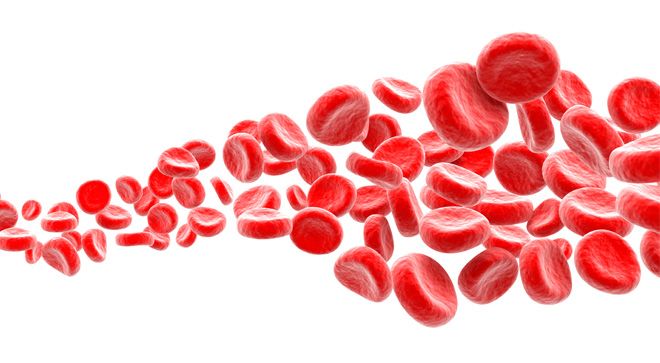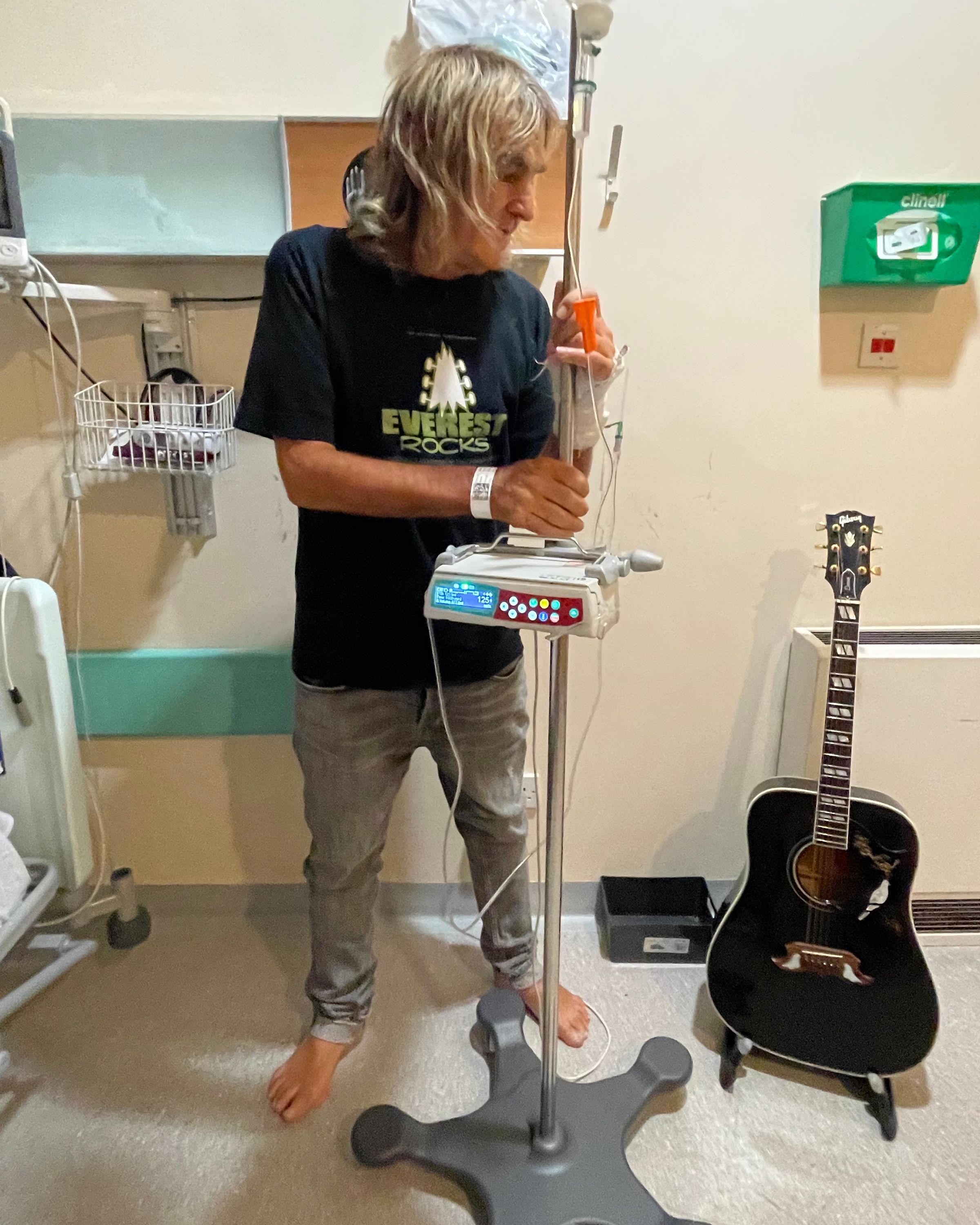Article
Outdoor Nighttime Light Increasing the Risk of Non-Hodgkin Lymphoma
Author(s):
We have all been told we should stay off our phone before bed, but this study proves that the outdoor light at night is truly harmful long term and could increase the risk of non-Hodgkin lymphoma.
Researchers found a potential link between outdoor artificial light at night (ALAN) and non-Hodgkin lymphoma (NHL), specifically subtype diffuse large B-cell lymphoma (DLBCL), in females, according to a study published in Cancer Epidemiology.
The American Cancer Society states that NHL starts in the lymphocytes, white blood cells found in the body’s immune system. NHL affects the lymphatic system, which is part of the body’s immune system and main job is to fight disease and infection, also assisting in moving fluids throughout the body.
Outdoor ALAN has increased about 2%-3% each year and has even increased up to 20% in larger cities. But more recent data has shown that it is leveling off. Outdoor ALAN’s major contributors include street lighting, residential lighting, industrial lighting and commercial lighting. Other studies have shown that exposure to too much light at night can disrupt melatonin production and circadian rhythm, the internal regulation of the sleep-wake cycle.
The researchers “sought to investigate any association between outdoor ALAN, and non-Hodgkin lymphoma, a cancer of the immune response which takes years to develop.”
They began with 133,477 women from the California Teachers Study (CTS) returning the baseline questionaries. The questionnaire asked for information on each woman’s diet, alcohol usage, address and family history of NHL. The mix of participants lived in urban or rural areas of California. After final analysis of the questionnaire the study consisted of 105,937 women instead, others were removed from the study due to location, having prevalent cancer, or reporting sleeping at night with a light already on.
The study used the New World Atlas of Artificial Night Sky Brightness to assess the outdoor ALAN. The median level of ALAN was 2.40 mcd/m2 “For comparison a natural, moonless night sky would have brightness of 0.2mcd/m2,’’ the authors wrote.
The study evaluated the association of outdoor ALAN and three subtypes of NHL obtained through the California Cancer Registry: DLBCL, follicular lymphoma (FL) and chronic lymphocytic leukemia/small lymphocytic lymphoma (CLL/SLL). The most common subtype was DLCBL. Researchers discovered 873 cases of from the baseline of 1995-1996 to Dec. 31,2015
Those with the highest ALAN were in Los Angeles country, and were also at highest risk for NHL, about 32% more than those participants in the more rural areas of California were the ALAN was not as high. This proves the study’s purpose that the amount of outdoor ALAN someone is exposed to will increase their risk of NHL, in this study it was specifically associated with the DLBCL type. They did not see a significant association for FLL, or CLL/SLL subtypes.
Researchers claim the strength of this study was their sample size, length of follow up, questionaries specifics and using credible resources such as the California Cancer Registry and the New World Atlas. The authors note that future studies should focus more on the circadian rhythms and sleep disruption.
For more news on cancer updates, research and education, don’t forget to subscribe to CURE®’s newsletters here.




